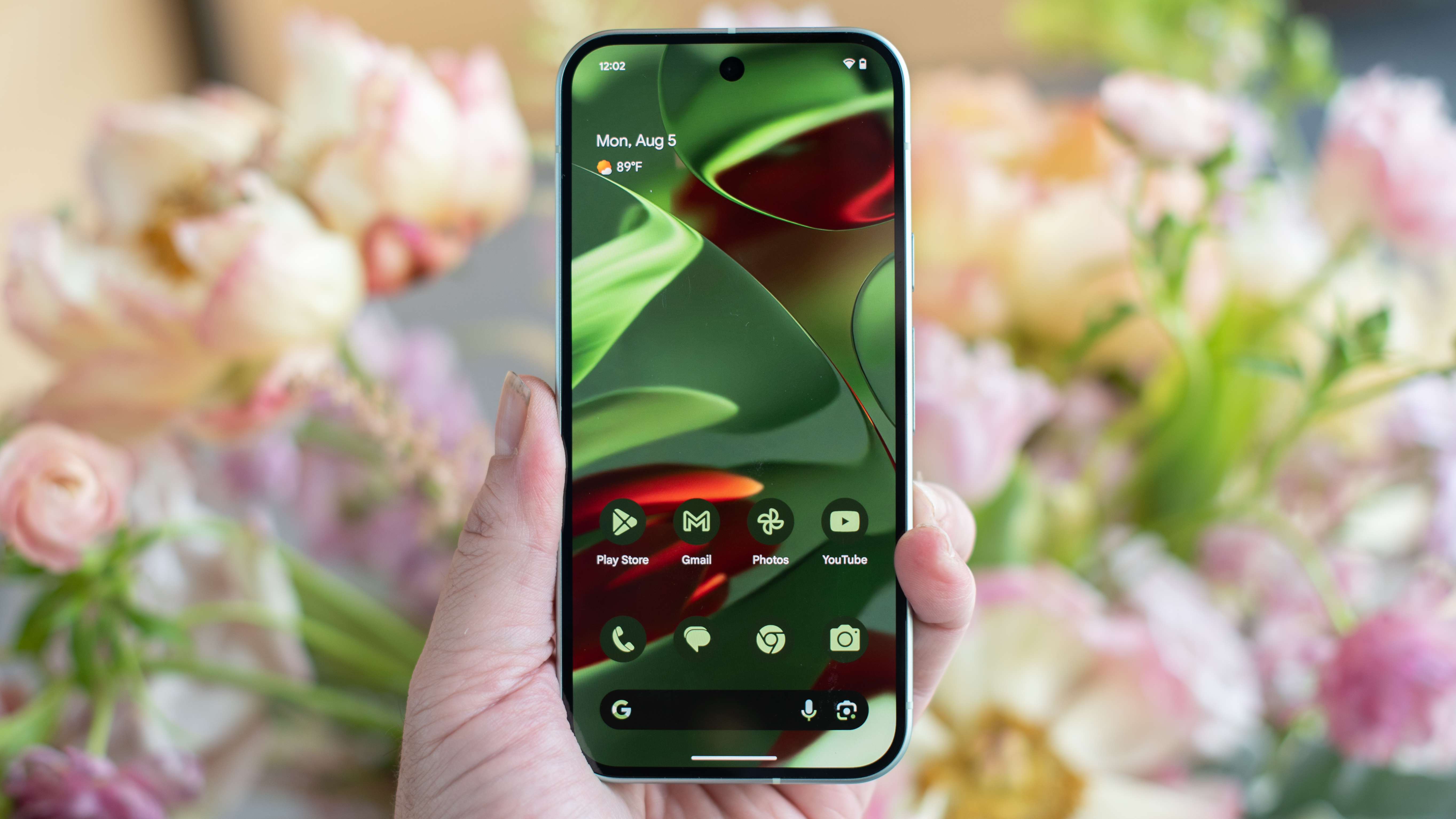Google explains why the Pixel 9 doesn’t support Qi2 charging, but we’re not convinced
Qi2 wireless charging is missing from another Android phone

The Google Pixel 9 is impressive in a lot of ways – it packs in 12GB of RAM (the same as the Samsung Galaxy S24 Ultra), boasts new Gemini AI tools that look very cool, and the display is vibrant. But one area it has let itself down is on the wireless charging front – as it lacks the new Qi2 charging standard, instead using last gen’s Qi.
What is Qi2 charging? It’s a third-party wireless charging standard that offers faster wireless charging than Qi, and because of the magnets it uses it also supports MagSafe tech and accessories. Proprietary wireless chargers can achieve faster speeds – Qi2 tops out at 15W – but these standards provide simplicity and ubiquity to wireless charging. much like how a USB-C cable charges any USB-C device; some USB-C chargers and devices allow for faster speeds, but there’s always a baseline you can rely on.
When asked why it chose not to adopt Qi2 charging by Android Authority Google responded saying that Qi compatible chargers were more readily available, and that there’s “no tangible benefits” from switching to the new Qi2 system. An answer which doesn’t make a whole lot of sense.
Qi chargers are probably more readily available given their age, though Qi2 has been out since the end of 2023 so it’s not like you’ll struggle to find a Qi2 charger (that said, they are a little pricier). What’s more, there are tangible benefits to Qi2 because of its magnet array which allows you to clip on MagSafe accessories like pop sockets or camera phone tripods among others.
The real reason?

Google also had a much safer, more sensible answer that it could have given: Qi2 is too new. Yes it came out in late 2023, but given the length of time the Pixel 9 has likely been in development for, it’s far from impossible that it was too late to add Qi2 by the time the charging tech was made available.
Google isn’t the first Android device to snub Qi2 in 2023, and with a third of the year left to go it likely won’t be the last – we suspect some 2025 devices may not adopt it either.
It being absent is also not necessarily a big reason to ignore the Google Pixel 9. It’s just a little disappointing to see this seemingly great new handset – especially one with higher price than last-gen’s Google Pixel 8 – leave out some next-gen technology.
Get daily insight, inspiration and deals in your inbox
Sign up for breaking news, reviews, opinion, top tech deals, and more.
Hopefully, the Google Pixel 10 will adopt finally adopt Qi2 when it launches next year, but for now if you want speedier wireless charging on your Pixel 9 you’ll need to invest in an official Google Pixel Stand – or make do with a wired USB-C charger.
You might also like

Hamish is a Senior Staff Writer for TechRadar and you’ll see his name appearing on articles across nearly every topic on the site from smart home deals to speaker reviews to graphics card news and everything in between. He uses his broad range of knowledge to help explain the latest gadgets and if they’re a must-buy or a fad fueled by hype. Though his specialty is writing about everything going on in the world of virtual reality and augmented reality.